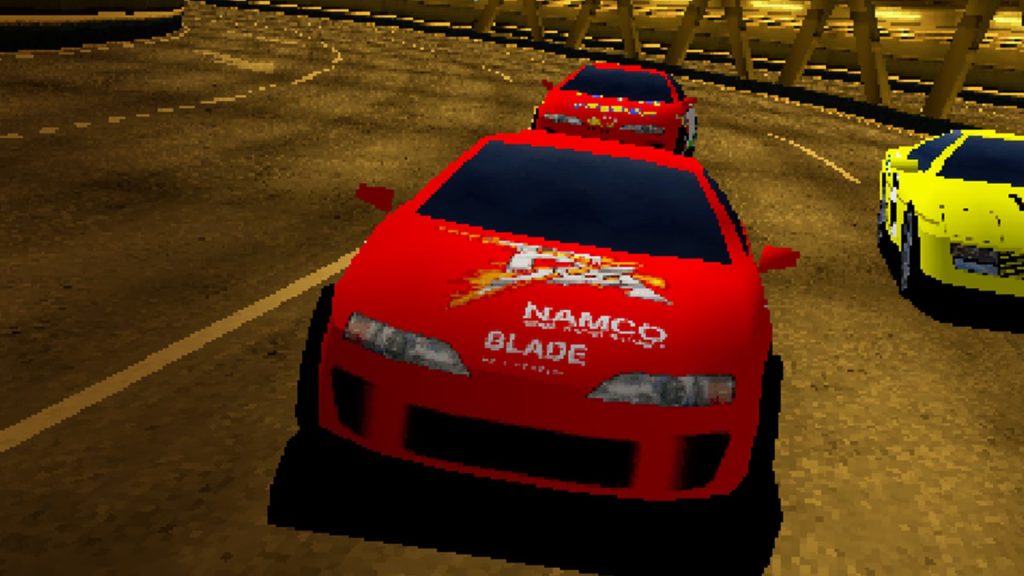The nostalgia surrounding classic arcade games remains strong among gaming enthusiasts, particularly those who were active during the golden era of coin-operated machines in the 1990s. Among these titles, Namco’s Ridge Racer stands out as a defining moment in racing game history. The recent release of “Arcade Archives 2: Ridge Racer” for modern platforms, including the Switch 2, invites both long-time fans and newcomers to experience the thrill of this iconic racer. As we dive into this revival, we’ll explore its gameplay mechanics, nostalgic value, and how it holds up in today’s gaming landscape.
Gameplay Mechanics and Features
Released as part of Hamster’s Arcade Archives 2 series, this iteration of Ridge Racer captures the essence of the original 1993 arcade experience. While visuals have undeniably aged compared to modern racers such as Forza Motorsport and Gran Turismo 7, the thrill of speed remains a primary draw. The game functions with a simple yet effective control scheme that feels responsive, allowing players to execute those satisfying drifts that characterized much of the original gameplay experience.
Players have the option to race in varying modes, such as ‘Novice’ with a capped speed of 160 km/h and ‘Advanced,’ which allows going up to 200 km/h. However, the standout feature is the Time Trial mode, where players can push their skills further by racing against a single opponent at maximum speed. Notably, the adrenaline rush from mastering the ‘Ridge Racer drift’—safely navigating tight corners while overtaking rivals—remains a captivating element that makes the game enduringly fun.
A Nostalgic Journey
The arcade experience was essential to gaming culture in the 1990s, and Ridge Racer was a significant player in that landscape. It was not just a game; it was a social experience that brought friends together in local arcades. Playing the game now, especially on modern hardware, evokes a nostalgia that many gamers cherish. This version on the Switch 2 allows fans to relive their memories while providing newcomers a taste of what they missed.
The arcade version’s limitations—such as offering only one vehicle choice and lacking features like reverse tracks or mirrored modes—highlight its historical context as a coin-op title designed for short play sessions, which is rather different from modern gaming expectations. Players can complete all available modes in just a couple of days, yet the game’s simplicity doesn’t detract from its charm; it preserves the essence of quick arcade bouts that used to wow audiences in the ’90s. Hamster has also included global leaderboards to enhance longevity, similar to the original game’s competitive spirit.
Graphics and Audio
While the graphical fidelity certainly doesn’t compete with the latest racing simulators, it is a testament to the creative and technological limitations of the era. The Switch 2 version offers various screen filters and borders to add a layer of customization that allows players to tailor their experience. It’s worth noting that despite the visual upgrades, some classic elements—like the original music selector—have experienced minor hiccups in functionality.
Ridge Racer’s audio gameplay complements its visual aesthetic, with a score that resonates with the vibrant atmosphere of racing. The ability to switch tracks adds a level of immersion, although the control method might confuse players unfamiliar with the mechanics. Players may expect to use buttons, but must instead rely on the analog stick, a quirk that could benefit from more intuitive design.
Market Response and Future Prospects
The release of Ridge Racer has generated significant buzz among both fans and newer audiences. According to Time Extension, its nostalgic draw is reflected in its reception, bringing long-time fans back to the arcade roots while attracting fresh players curious about retro gaming. Critics and players alike praise the game’s capacity for fun, with its iconic drifting mechanic still delivering an exhilarating racing experience after more than three decades.
Additionally, the game’s competitive features, such as high-score challenges and online leaderboards, align it with modern gaming trends that favor community and competitive play. These aspects aim to keep players engaged long after they’ve mastered the course. Furthermore, hopes are high for further releases in the Arcade Archives series, with titles like Ridge Racer 2 and Rave Racer potentially making their debut in the future.
Conclusion
In conclusion, “Arcade Archives 2: Ridge Racer” is more than just a rerelease; it’s an invitation to relive a crucial moment in gaming history. Although it lacks some features of its PlayStation counterpart, the original arcade iteration remains a landmark in racing gaming. The thrill of pulling off a perfect slide, coupled with the thrill of competing on global leaderboards, provides lasting appeal. Its modest price tag offers an accessible entry point for both nostalgia-driven gamers and fresh players eager to experience a piece of arcade history.

